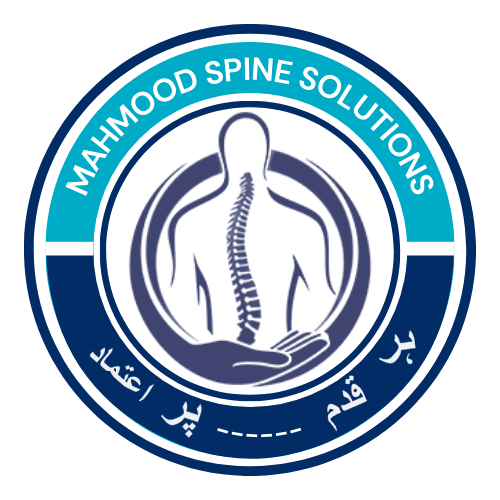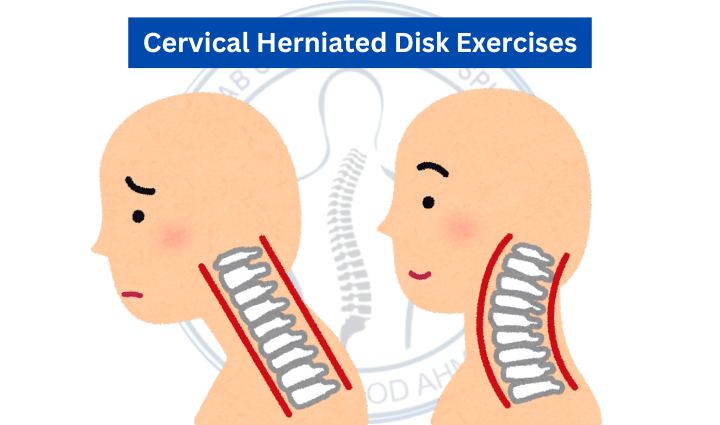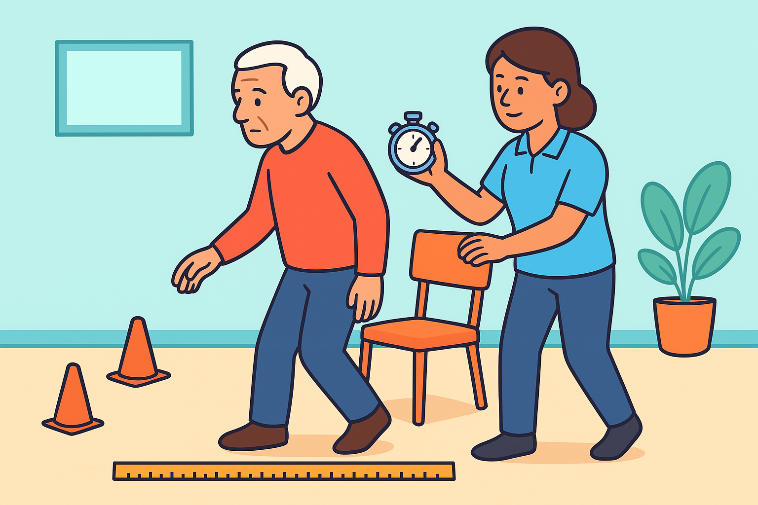Cervical Herniated Disk Exercises
Neck and shoulder pain is increasingly common in today’s world due to sedentary lifestyles, prolonged screen time, and poor posture. One of the major causes of chronic neck pain is cervical disc herniation, a condition that can cause discomfort, tingling, and reduced mobility. However, targeted cervical herniated disk exercises can provide substantial relief by improving flexibility, strengthening muscles, and promoting overall spinal health.
In this article, we’ll explore effective exercises for a cervical herniated disc, their benefits, and essential precautions to ensure safe and effective pain management.
Why Cervical Herniated Disk Exercises Matter
Performing cervical herniated disk exercises can significantly reduce pressure on nerve roots, help reposition the affected disc, and alleviate pain. Moreover, they play a crucial role in healing and preventing future injuries.
Key Benefits of Cervical Herniated Disk Exercises
- Improved Blood Circulation: Enhances oxygen and nutrient delivery to affected areas, accelerating tissue repair.
- Strengthening Neck Muscles: Reinforces muscles that support the cervical spine, reducing strain on discs.
- Reduced Pressure on the Spine: Improves alignment and posture, minimizing spinal compression.
- Posture Correction: Helps counteract poor sitting and standing habits that contribute to neck pain.
By integrating these exercises into your routine, you can experience significant pain relief and improved mobility over time.
Best Cervical Herniated Disk Exercises for Pain Relief
Before beginning any cervical herniated disk exercises, consult a healthcare professional to determine the most suitable routine for your condition. Avoid exercises that cause discomfort or exacerbate your symptoms.
1. Neck Extension Exercise
- Place your head near the edge of the bed while lying on your back.
- Slowly extend your head backward off the edge.
- Hold for one minute, then rest.
- Repeat 5 to 15 times.
2. Neck Extension with Head Lift
- Lie on your stomach with your head hanging off the bed.
- Keep your arms at your sides.
- Slowly lift your head to a neutral position and hold for 5 to 10 seconds.
- Repeat 15 to 20 times.
3. Chin Tucks (Supine Position)
- Lie on your back with your knees bent.
- Look at the ceiling, then tuck your chin toward your chest.
- Hold for 5 seconds and repeat 10 times.
4. Chin Tucks (Sitting Position)
- Sit upright and look straight ahead.
- Tuck your chin inward, creating a “double chin.”
- Hold for 5 seconds and repeat 10 times.
5. Shoulder Blade Squeeze
- With your back to a wall, take a seat or stand.
- Bend elbows at 90 degrees and squeeze your shoulder blades together.
- Hold for 15 to 30 seconds.
Shoulder mobility plays a crucial role in maintaining neck health. If you’re also experiencing shoulder stiffness or pain, consider learning about the Spencer Technique for Frozen Shoulder to improve movement and alleviate discomfort.
6. Isometric Neck Exercise
- Sit upright and place your hand on your forehead.
- Hold your head motionless and push against your hand.
- Hold for 6 seconds and repeat 8 to 12 times.
7. Lateral Flexion Strengthening
- Place fingers on your temple and try to tilt your head sideways.
- Apply gentle resistance with your hand.
- Hold for 6 seconds and repeat 8 to 12 times.
8. Neck Rotation Exercise
- Sit or stand with your spine straight.
- Turn your head to one side slowly until it feels stretched.
- After 15 to 30 seconds of holding, switch sides.
- Repeat 2 to 4 times on each side.
Exercises to Avoid with a Cervical Herniated Disc
While cervical herniated disk exercises can be beneficial, certain high-impact activities should be avoided during recovery:
- Running and jumping
- Heavy weightlifting
- Sudden or jerky movements
- Contact sports
Maintaining proper posture and lifting techniques will also help prevent aggravating the condition.
FAQs About Cervical Herniated Disk Exercises
What is the fastest way to heal a cervical herniated disc?
Healing involves a combination of rest, targeted cervical herniated disk exercises, physical therapy, and proper posture. In severe cases, medical intervention may be necessary.
Can I exercise with a herniated cervical disc?
Yes, but only gentle and controlled exercises. Avoid high-impact activities and always consult a healthcare professional before starting an exercise program.
Can exercise repair a herniated disc?
Exercise can’t reverse herniation, but it can alleviate symptoms, strengthen supporting muscles, and improve spinal stability to prevent further issues.
How do you exercise your neck for a C5 and C6 disc bulge?
Specific cervical herniated disk exercises, such as chin tucks, isometric holds, and neck extensions, can relieve pain and improve mobility in the C5-C6 region.
Incorporating cervical herniated disk exercises into your daily routine can significantly improve neck and shoulder pain, promote healing, and enhance overall spinal health. Always consult a professional before starting any exercise program to ensure safe and effective recovery.
For expert non-surgical treatment, consider visiting Dr. Mahmood Ahmad, where specialized care and advanced techniques help patients regain pain-free mobility.
For Contact
Call: 0300 0777790
Email: [email protected]
Take control of your spinal health today!




